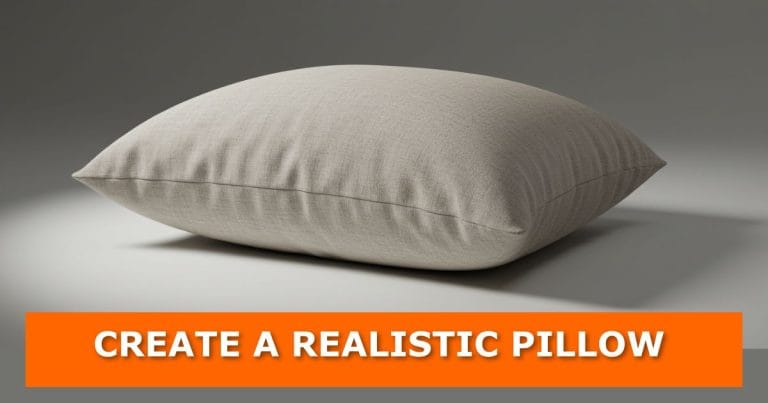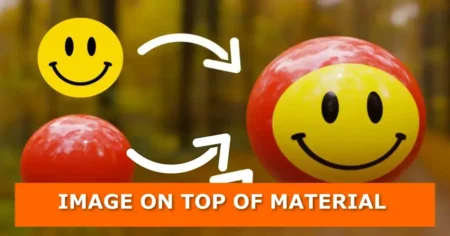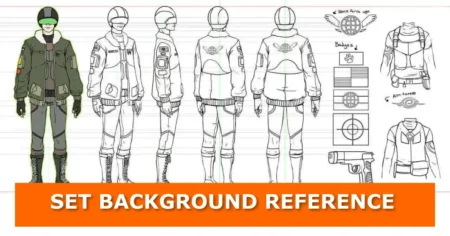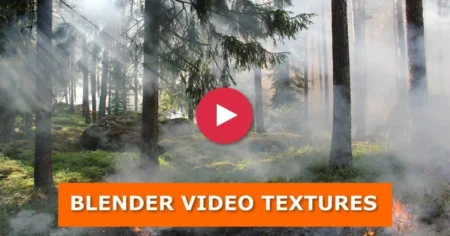When it comes to creating soft objects like pillows in Blender, many beginners fall into the trap of using simple shapes that end up looking stiff and unrealistic. If your pillows look more like blocks than something you’d actually rest your head on, you’re not alone.
The good news is, with a few tweaks in Blender’s physics settings, you can create pillows that look natural and behave like real cloth. Let’s walk through the exact steps.
Video Tutorial

Step 1: Set Up Collision
Go to the Physics tab and add Collision to all the objects that will interact with your pillow. This makes sure the pillow reacts when it touches other surfaces in your scene.
For more on physics interactions, check out Blender Physics Addons to expand what you can do with simulations.
Step 2: Create the Pillow Base
- Add a cube to your scene.
- Scale it down along the X-axis to give it a rectangular pillow shape.
- Add loop cuts and subdivide the cube. This gives the mesh enough geometry to deform realistically during the simulation.
If you’re not confident with loop cuts, this guide on Straightening Loop Cuts in Blender will help.
Step 3: Apply Cloth Simulation
- Position the pillow base where you want it.
- Add a Cloth simulation to it.
- Adjust the Vertex Mass to a low value so it stays soft.
- Scroll down and set the Pressure to about 8.
This step makes the pillow puff up and hold its shape, instead of collapsing flat.
Step 4: Bake and Play
Bake your simulation and hit play. The pillow will inflate and settle naturally, reacting to its environment just like a real one.
Want to learn more about baking simulations? Here’s a quick tutorial on Baking Animations and Simulations to Keyframes.
Step 5: Add the Finishing Touches
Once the simulation looks right:
- Subdivide the pillow to smooth out its surface.
- Right-click and choose Shade Smooth for a polished result.
For even more realism, consider adding Subsurface Scattering to your material so light interacts with the pillow fabric more naturally.
Try It Yourself
Now you know how to create soft, realistic pillows in Blender without them looking stiff or fake. Give it a try in your next project, and see how much more natural your scene looks.
Have any questions about cloth simulation or want to share your results? Drop a comment below—I’d love to hear what you create. And if you enjoyed this, you might also like my tutorial on Creating Floating Helium Balloons, which uses similar physics tricks.
Ready to Keep Creating?
Your Blender skills grow when you experiment. Try applying the same steps to blankets, cushions, or even soft toys. If you found this tutorial useful, subscribe to the blog for new Blender guides every week. Share this post with a friend who’s struggling with cloth simulation, or check out these related tutorials to keep learning:






